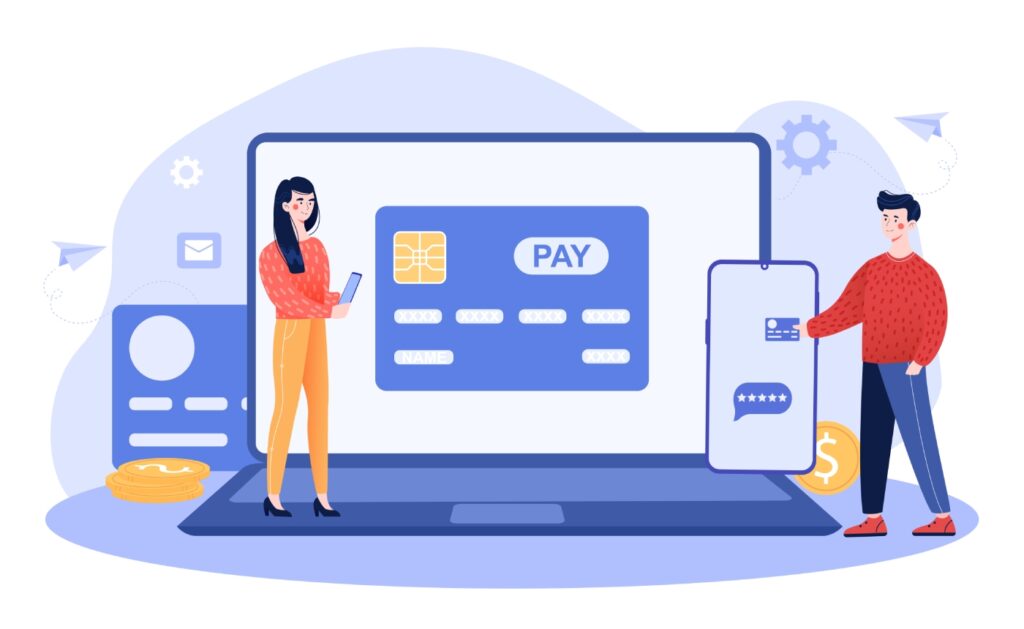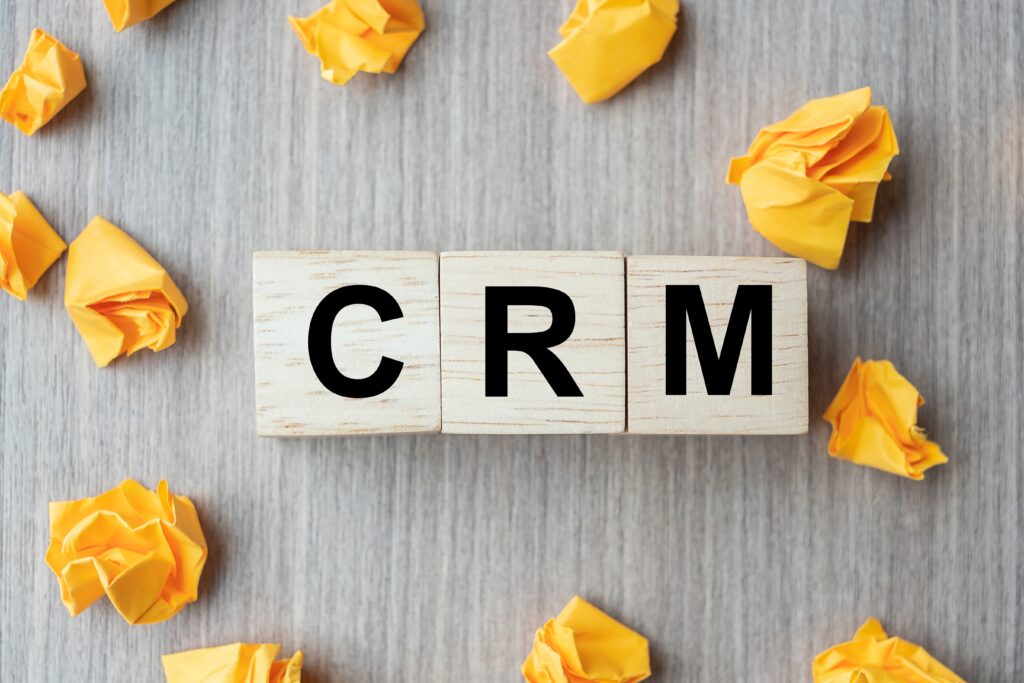A CRM (customer relationship management) strategy is paramount for fostering meaningful customer connections. By harnessing CRM’s power, businesses can cultivate deeper insights into their customers’ behaviors, preferences, and needs. This understanding enables personalized interactions and experiences, which are essential for enhancing customer satisfaction and loyalty.
CRM systems offer benefits across various departments and functions within an organization, contributing to improved efficiency, productivity, and profitability. Whether you’re a business owner, a marketing manager, or a sales professional, you stand to benefit from the successful implementation of a CRM system that’s designed to meet your needs and the needs of your company.
The purpose of a CRM strategy
A CRM strategy is a comprehensive plan that outlines how an organization will manage and nurture its relationships with customers throughout the customer lifecycle. This strategy encompasses various activities, processes, and technologies aimed at acquiring and building strong customer relationships.
The purpose of a CRM strategy is to grow and maintain client connections, drive sales, and ensure the long-term success and profitability of a business. CRM enables organizations to better understand their customers and engage with them much more effectively.
A well-defined CRM strategy enables businesses to deliver exceptional customer experiences while reducing customer churn, thereby achieving business goals quickly and more effectively. By transforming customer interactions and business outcomes, CRM becomes a strategic asset that shows the stark contrast between your business and its competitors, while also ensuring long-term success with your clientele.
Setting CRM objectives
CRM objectives are closely aligned with a business’s goals of enhancing customer relationships, driving revenue growth, and making data-driven decisions. A CRM system is fundamentally about managing interactions and customer relationships to achieve company goals and gain a competitive advantage in the marketplace.
A primary objective of CRM is to increase customer satisfaction and retention rates. By understanding customers’ needs, preferences, and behaviors, businesses can tailor their products, services, and interactions to meet those needs more effectively. Higher customer satisfaction leads to increased loyalty and repeat business, which aligns with a company’s goal of increasing customer lifetime value.
Expert Tip
CRM also centralizes customer data and interactions, enabling businesses to provide more personalized and efficient customer service. By empowering service agents with comprehensive customer information, businesses can resolve issues more quickly, increase first-call resolution rates, and deliver a superior customer experience.
CRM systems often include features to manage sales processes, track leads, and optimize sales activities. By streamlining sales workflows and prioritizing high-value leads, CRM can help your team drive overall sales growth, which tracks with the business goal of increasing revenue and market share.
These are just a few examples of CRM objectives that contribute to growth and customer satisfaction and align with the unique goals of many businesses.
Understanding the customer journey
Mapping out the customer journey using a CRM system is crucial for helping businesses understand and optimize the entire lifecycle of their customer interactions.
By organizing the customer journey in CRM, businesses can gain insights into the various touchpoints and interactions customers have with their brands across different channels and stages. This understanding allows businesses to identify pain points and opportunities for improvement, which ultimately leads to a more seamless and personalized customer experience.
CRM helps businesses track customer behavior and preferences at each stage of the journey. By analyzing this data, businesses can segment customers based on their needs, interests, and buying habits, allowing for more targeted and effective marketing campaigns and sales strategies. For example, businesses can tailor messaging and offers to specific customer segments, which increases the likelihood of conversion.
Understanding the customer journey enables businesses to engage with their customers proactively and offer them post-purchase follow-ups and renewal reminders. By anticipating customer needs and providing timely support and assistance, businesses can enhance customer satisfaction, increase retention rates, and bring about long-term loyalty.
Overseeing the entirety of a customer journey using CRM is essential for businesses to optimize their customers’ experiences and allocate resources efficiently to promote cross-functional collaboration. By leveraging CRM to understand and optimize the customer journey, businesses can create more value for their customers and achieve sustainable growth over time.
Personalizing customer experiences
Leveraging CRM data to create personalized customer experiences involves strategies such as dynamic content creation, contextual messaging, and predictive personalization. By implementing these strategies, businesses can deepen customer relationships, drive engagement, and ultimately improve customer satisfaction and brand loyalty.
One effective strategy for using CRM data to create personalized interactions is to leverage dynamic content creation. By tapping into the wealth of information stored within the CRM system, businesses can dynamically generate tailored content for their communications with customers. This could involve inserting personalized product recommendations, relevant articles, or exclusive offers based on each customer’s preferences and past interactions with the brand.
Expert Tip
Another strategy is to focus on contextual messaging. By understanding the context of a customer’s journey with the brand, businesses can deliver more relevant and engaging communications. For example, acknowledging recent purchases or interactions and providing follow-up suggestions or assistance demonstrates attentiveness and enhances the overall customer experience.
Predictive personalization is another valuable strategy enabled by CRM data. By analyzing past customer data and behavior patterns, businesses can anticipate future needs and preferences, allowing them to tailor their offerings and recommendations proactively. This predictive approach not only enhances the relevance of interactions but also demonstrates a deep understanding of the customer’s preferences and desires.
By employing these strategies, businesses can harness the power of CRM data to create truly personalized interactions that garner stronger relationships, drive engagement, and enhance the customer experience.
Selecting the right CRM technology
When selecting a CRM system for your business, several factors should be carefully considered to ensure that the chosen solution aligns with your organization’s needs and objectives.
As your business grows, the CRM should be able to accommodate increasing amounts of data, users, and complexity without sacrificing performance or functionality. Look for a solution that offers scalability options, such as flexible pricing plans or modular features that can be added as needed.
Integration capabilities are another crucial factor to consider. The CRM system should seamlessly integrate with other tools and platforms used within your organization, such as email marketing software, e-commerce platforms, customer support systems, and accounting software. This integration streamlines workflows, improves data consistency, and enhances overall efficiency.
User experience and ease of use are critical considerations, as they impact user adoption and productivity. Choose a CRM system with an intuitive interface, streamlined workflows, as well as comprehensive training and support resources to ensure your team can quickly learn how to use the platform effectively. Additionally, consider factors such as mobile accessibility and offline functionality, especially if your team members need to access the CRM while on the go or in areas with limited connectivity.
When choosing a CRM system, consider factors such as scalability, integration capabilities, customization options, user experience, and the reputation of the CRM vendor. By carefully evaluating these factors and selecting a CRM solution that fits your organization’s needs and objectives, you can effectively manage customer relationships, drive business growth, and enhance overall efficiency and productivity.
Software recommendations to consider
When considering CRM software options, it’s essential to evaluate various factors such as features, pricing, scalability, integration, and user experience. Here are some CRM software recommendations to consider.
HubSpot CRM
HubSpot CRM is a user-friendly and affordable option that offers basic CRM features for managing contacts, deals, and tasks. It integrates seamlessly with other HubSpot marketing and sales tools, providing a comprehensive solution for inbound marketing and sales automation. HubSpot CRM is an excellent choice for small to midsize businesses looking for a simple yet powerful CRM solution.
Salesforce
Salesforce is one of the most popular and widely used CRM platforms on the market. It offers a comprehensive suite of features for sales, marketing, customer service, and analytics. It’s highly customizable and integrates seamlessly with a wide range of third-party applications. While Salesforce can be more expensive than some other options, its robust functionality and extensive ecosystem make it a top choice for medium and large enterprises.
Shape CRM
Shape CRM offers a comprehensive solution tailored to the specific needs of service-based businesses. It provides features and functionalities that help streamline operations, improve efficiency, and enhance customer satisfaction.
These are just a handful of CRM software recommendations to consider, and there are many other options available on the market today. When evaluating CRM solutions, it’s important to assess your specific business needs, budget, and long-term goals to choose the best platform for your organization.
Final notes on creating a CRM strategy
Creating an effective CRM strategy involves several key steps to ensure that the CRM system aligns with your business objectives. Clearly define the objectives for implementing a CRM system and determine what you aim to achieve—improving customer retention, increasing sales, enhancing marketing effectiveness, or all of the above.
Gain a deep understanding of your customers’ needs, preferences, and pain points. Analyze customer data, conduct surveys, gather feedback, and segment your customer base to identify key trends and insights that will inform your CRM strategy.
Lastly, remember to choose a CRM platform that aligns with your business needs, budget, and scalability requirements. Evaluate factors such as features, customization options, integration capabilities, user experience, and pricing to select the best solution for your organization.





